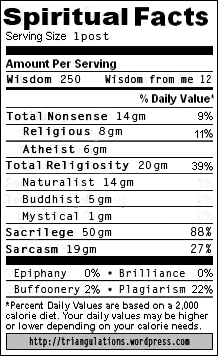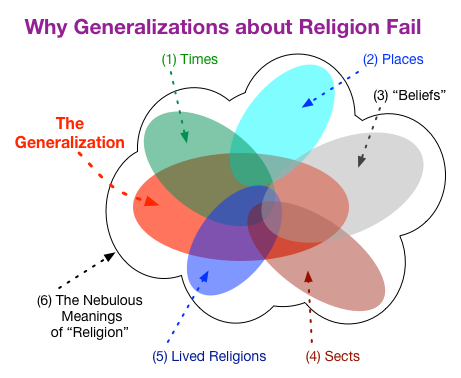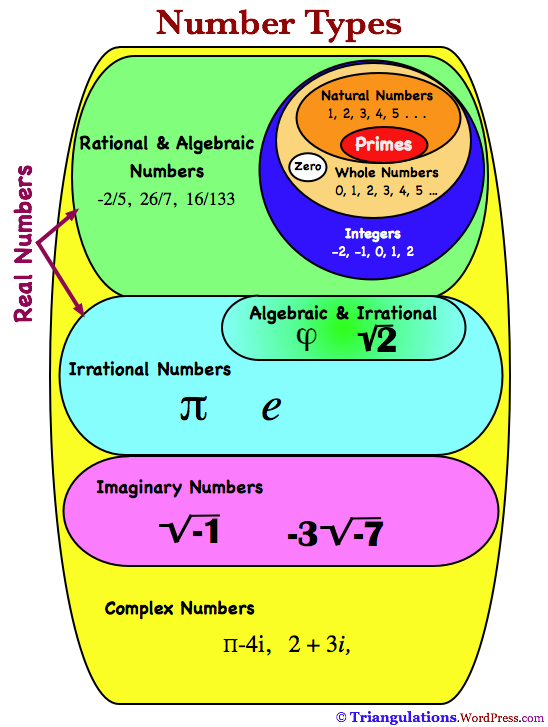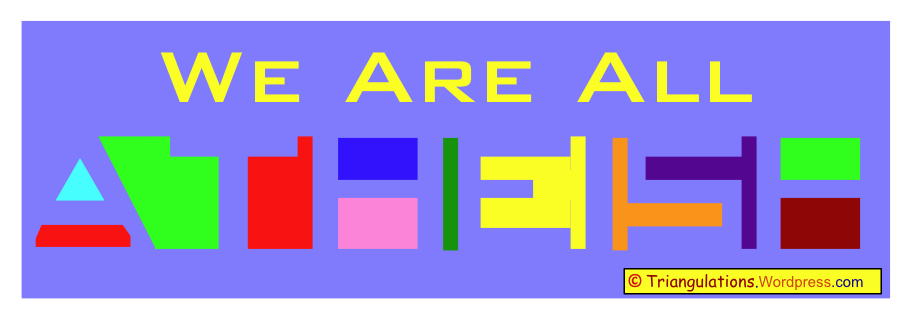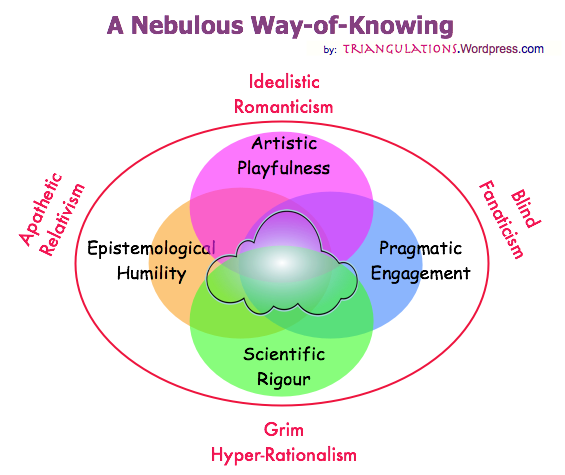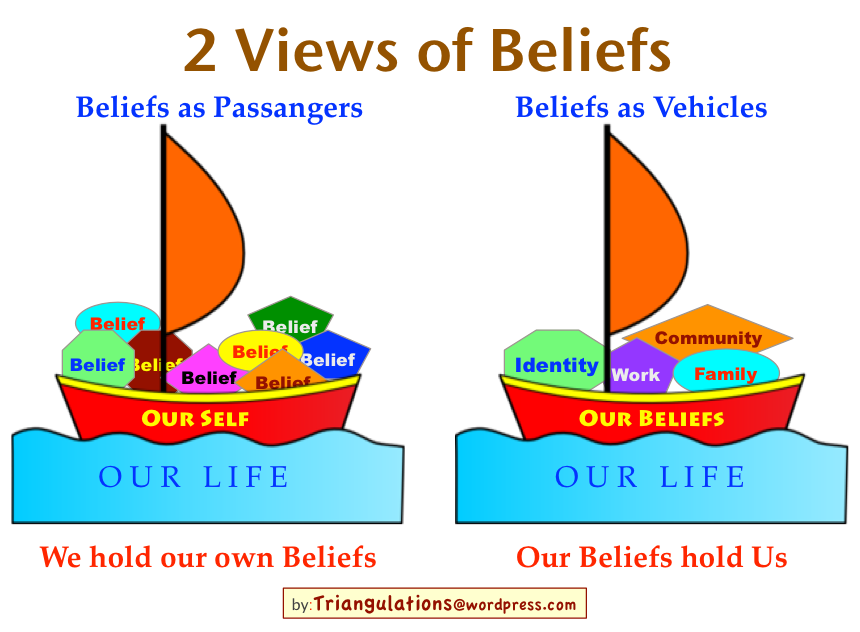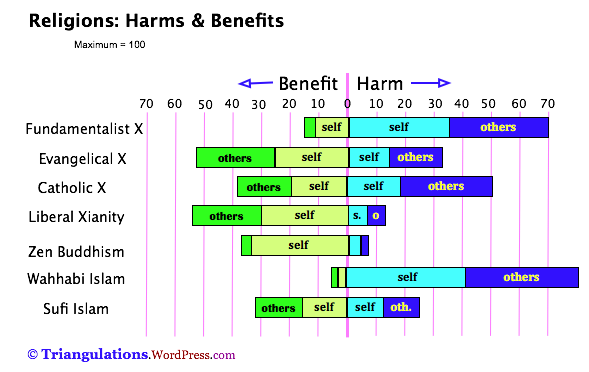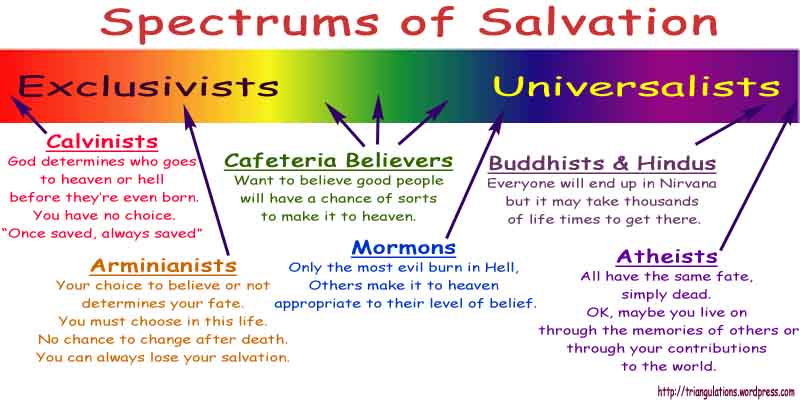This series of posts is geared for religion-free folks (see the table of contents) who have only cultural familiarity with either Judaism or Christianity and little comparative religion exposure. These posts will offer them basic Bible & other religion literacy. This series is for non-believers and it is not meant to be exhaustive, but to offer an introduction to the main Bible stories to make the reader savvy enough to appreciate Biblical allusion in common culture, movies and literature to Bible themes. While doing this, I hope to also offer some comparative religions material and illustrate how religion works from a religion-free perspective.
To repeat, here are the themes I will pursue:
Religion-Free Perspective: An introduction for non-believers
The terms “non-believers” or “atheists” or “agnostics” are all labels developed from the perspective that “believing” is the norm and thus pejorative. Here we describe all those people in a positive light as “religion-free”. This expression offers benefits much like using the term a “child-free” couple vs. a “childless” couple does for people without children.
Please write ask questions, add points or make objections in the comment section. Believers are also welcome to jump in and comment, but I will not welcome proselyting here. This general rule for this blog and more are listed here.
Bible Literacy: Understanding Biblical Allusions
The Bible, like all religious texts and traditions, is loaded with stories that are packed with moral messages, principles, and wisdom (good and bad). People who have not read or studied the Bible will miss many allusions in literature, movies and even conversations. So even some familiarity with the main stories can broaden your enjoyment of other material.
Many Christianities: Understanding Biblical Controversies
There are as many different types of Christians as there are believers in every other faith. And each will tell you that their version is the best, or at least a real good version. And for Christians, they all use the Bible. So I will tell stories and occasionally show the difference in the ways different Christians treat the same stories.
The versions of the Bible stories we have today have changed over time and their are contrary stories out there. We will explore some of these ideas.
Comparative Religion and Comparative Thinking:
All religions struggle with similar issues. Learning by comparing various religions will be a goal of these posts.
Religion as a Tool: Understanding how religion works
Religion is complicated. Christianity and Islam will tell you that correct belief is central to true religion, but the most important thing to know about a religion is not it’s beliefs (though you will need those), but how those beliefs are used by its believers — in other words, the religion’s functions.
Most Westerners, even nonbelievers, are subconsciously hypnotized by the idea that a religion is a sum of its beliefs. Most folks feel they will understand a religion if they just read a list of their beliefs and maybe some of their history. But religions use their beliefs like tools to pursue social and personal goals. Mind you, believers themselves may tell you that it is all about correct beliefs, but they are wrong. And so here we will discuss the functions of religions — how they serve their followers or confessors.
This principle of understanding religion as a tool will be the most difficult to convey. You almost have to understand 3 or 4 religions to start understanding the patterns.


